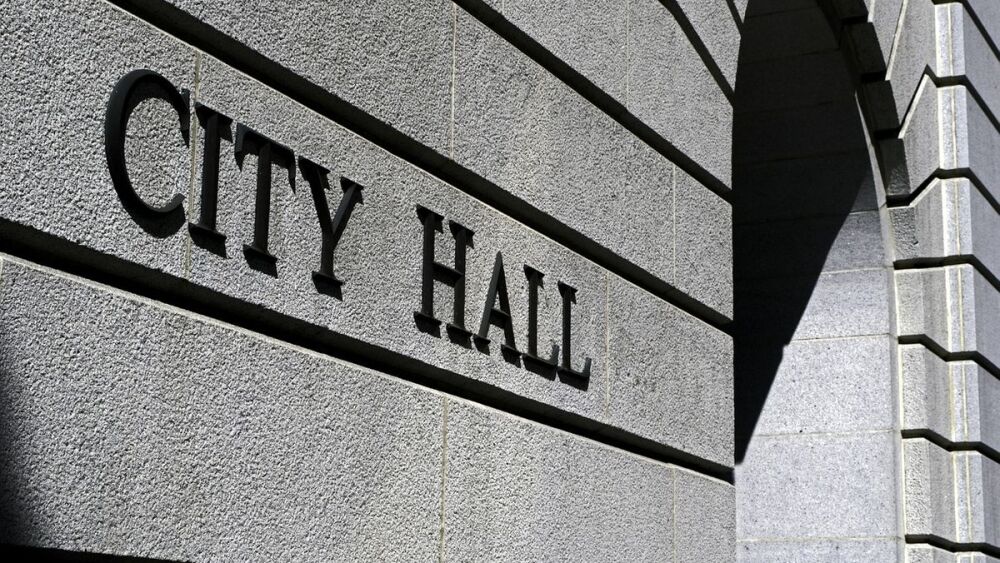By Rebecca LeBlanc
President of LCA Resource
Let’s begin with a few questions:
- How will you introduce sustainability into your municipality?
- How can sustainability be integrated into every budgeting decision that is made?
- Why is sustainability so important?
- How can support be generated for sustainability initiatives?
These are just some of the challenges and questions municipalities are facing due to the negative effects of climate change.
These days, resiliency is analogous with sustainability. It’s all about the long-term view and how your community can have a positive impact on the larger system while remaining a vibrant and viable community. And, it’s not just about climate change, but, when getting started, having a familiar focal point which is shared by all is recommended for the pilot-stage prior to branching out to other areas.
Since the business community has been driven to report and disclose their sustainability efforts for a number of years, they have set the standard for cities and towns.
Goals and targets need to be set, initiatives and programs developed, standards and methodologies selected – attempting to address all of the aspects of a thorough sustainability initiative can be a daunting task with no end in sight.
Therefore, it is imperative to start with the basics.
The Baseline
The common theme, and, task across all sustainability reports is the establishment of a GHG inventory baseline.
The Siemens 2009 Sustainability Report-“Moving from Strategy to Action- conclusions and recommendations” cites the following:
“Public reporting and transparency is becoming routine. Firms should take stock of their current baselines in order to be able to report accurately their performance and set goals and metrics for improvement. Customers will start to expect sustainability reports.”
Reviewing a sample of municipality sustainability reports reveals they are following suit:
- The 2010 City of Fort Collins report consistently references their “baseline year” when addressing goals and targets.
- According to their 2013 Sustainability Report, Raleigh, NC states “As a foundation for a coordinated action plan to reduce emissions and energy consumption from municipal operations, the City’s GHG inventory will save taxpayer dollars and improve air quality. In 2012, the City of Raleigh developed a baseline GHG emissions inventory for community-wide activities.”
- St. Louis, MO reports “In 2011, the City partnered with St. Louis Community College in an innovative collaboration to work with faculty Context & Summary 15 City of St. Louis Sustainability Plan and students to develop the City’s baseline Greenhouse Gas Emissions (GHG) Inventory. The City’s GHG inventory was conducted in two parts: (1) GHG emissions from just Government operations, and (2) emissions by sectors within the Community at large. The City’s baseline report was conducted for the year 2005, as that is the year that Mayor Slay signed onto the U.S. Conference of Mayors Climate Protection Agreement.”
By setting the establishment of a baseline as the priority in the initial sustainability conversation, numbers have become the guide. Not opinions, not theories-numbers.
As the saying goes, “Everyone has an opinion.” But, opinions are not facts.
When gaining consensus for sustainability initiatives, it’s critical that decisions are based upon credible data. It’s extremely important to keep objectivity at the forefront of the program.
Establishing a reliable baseline is imperative for reporting progress towards targets and goals which are set at the inception of the sustainability initiative and reviewed on an annual, or, some other term (5-year plan, for example), basis.
Best Methodology
Selecting a credible GHG inventory methodology and framework is crucial to success.
In December 2014, the World Resources Institute (WRI), released the first global standard to measure GHG emissions from cities.
Global Protocol for Community-Scale Greenhouse Gas Emission Inventories (GPC) uses a robust and clear framework to establish credible emissions accounting and reporting practices, thereby helping cities develop an emissions baseline, set mitigation goals, create more targeted climate action plans and track progress over time. By using the GPC, cities will also strengthen vertical integration of data reporting to other levels of government, and should gain improved access to local and international climate financing.”
In addition to the terms normally associated with setting a baseline are the additional advantages of vertical integration which will streamline access to climate financing.
This is key to the success of climate action and resiliency planning.
In terms of disclosure, the most visible organization is the Carbon Disclosure Project (cdp.org.)
The CDP, through their CDP cities program, has been working with cities worldwide assisting them in accounting and managing their GHG emissions and providing a platform for disclosure.
According to the CDP, “CDP’s cities program demonstrates that cities are better managing their risk and increasing resiliency through more than 2,000 activities to mitigate and adapt to climate change.”
4 Benefits of CDP’s cities program:
- Identify Opportunities
- Hotspots and “low-hanging” fruit
- Tracking & Analysis
- Importance of GHG inventories in setting targets
- City-to-City Learning
- Establishment of “Best Practices”
- Visibility
- A tool to educate your constituents
The typical path in a sustainability program focuses on the following core environmental metrics:
- Emissions Reduction
- Energy Reduction – on-site renewables and efficiency
- Waste Reduction & Management - (and, reduction to landfill) – reduction, recycling, waste-to-energy, composting
- Water Reduction & Management
- Supply Chain – Responsible Sourcing
- Renewable Energy
- LEED/Certification
Data acquisition is straightforward in the first 4four metrics as the information is available from energy and water providers and waste management companies. Thus, start here, and, grow your program.
The success of social responsibility initiatives are more difficult to measure/gauge, thus, in terms of tracking and reporting, specific measures of success will need to be developed prior to attempting to report success.
The effectiveness of any sustainability effort has data quality as its foundation, therefore, start with a baseline built on data that is most easily attained, and, build your program from there.
Next in our series: Best Practices in Sustainability Reporting.


